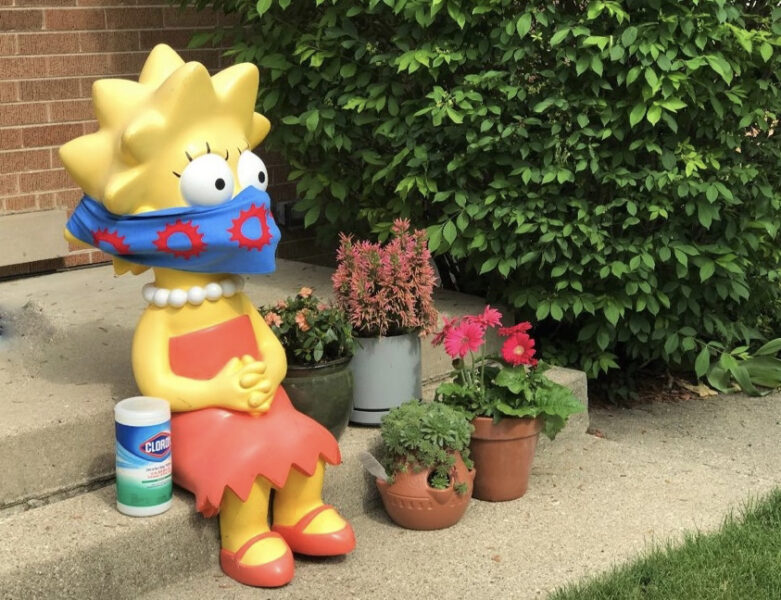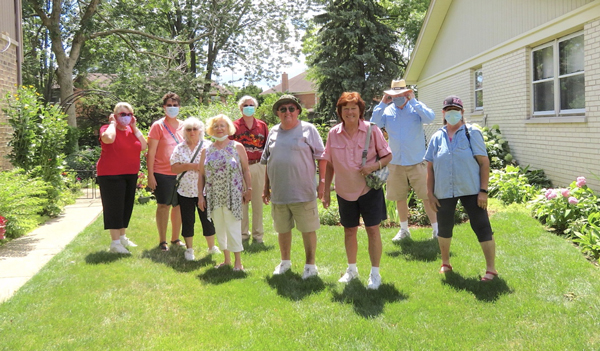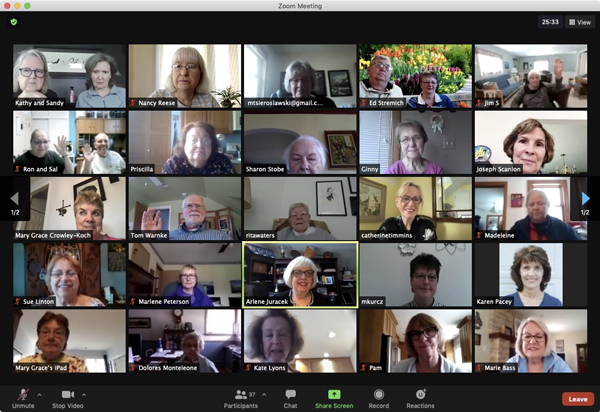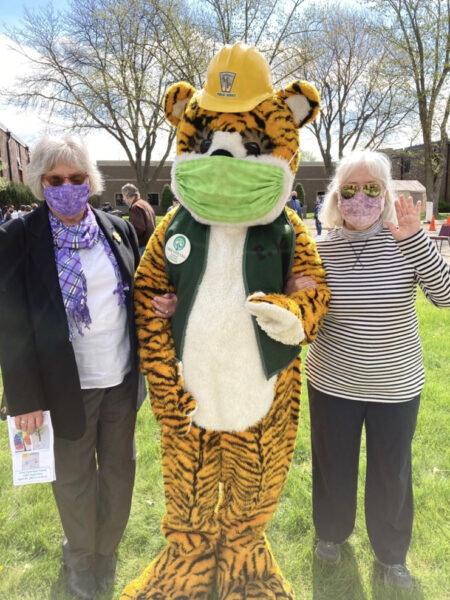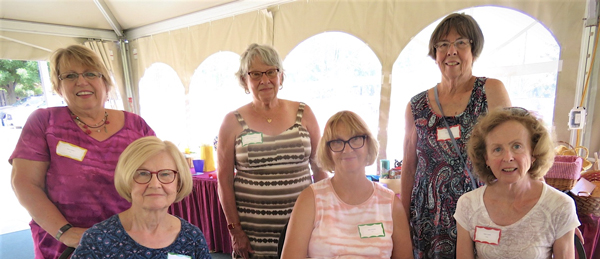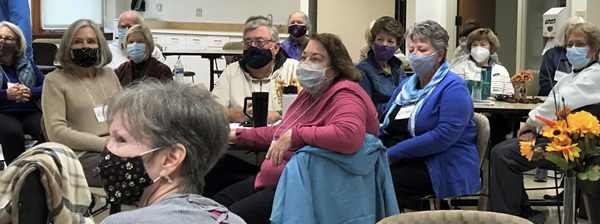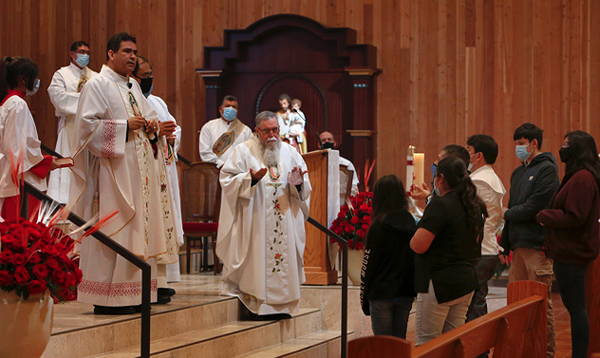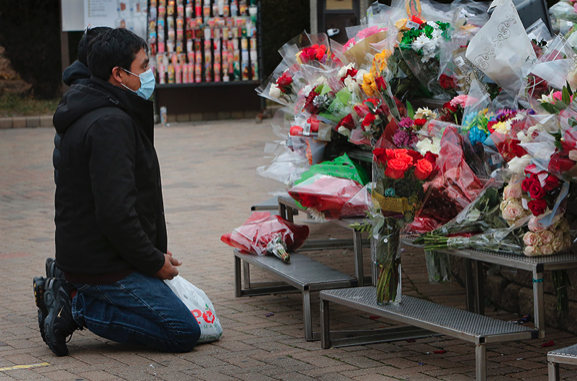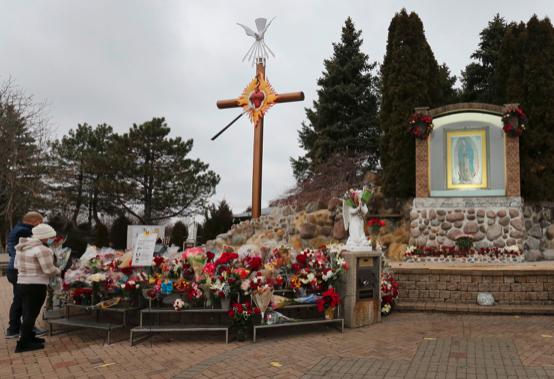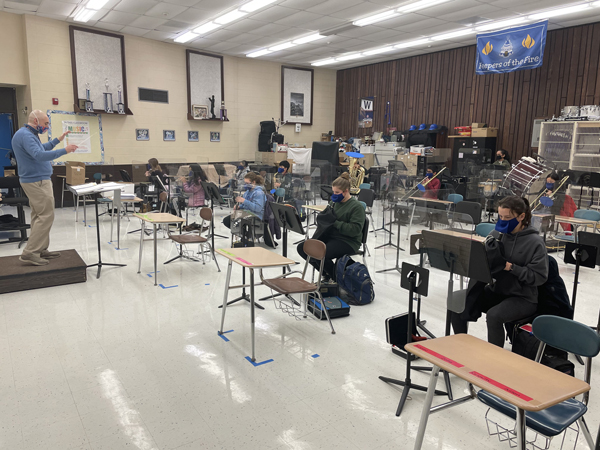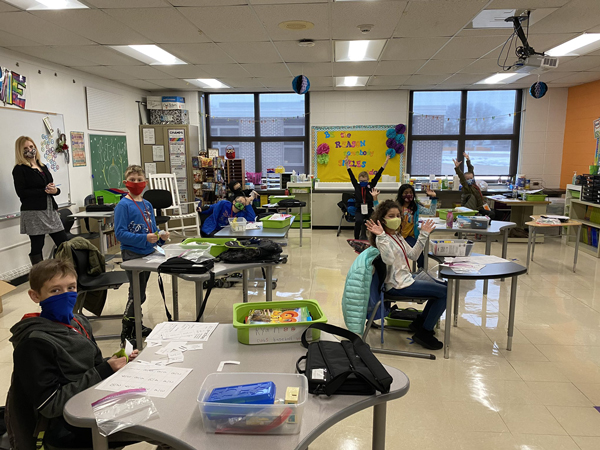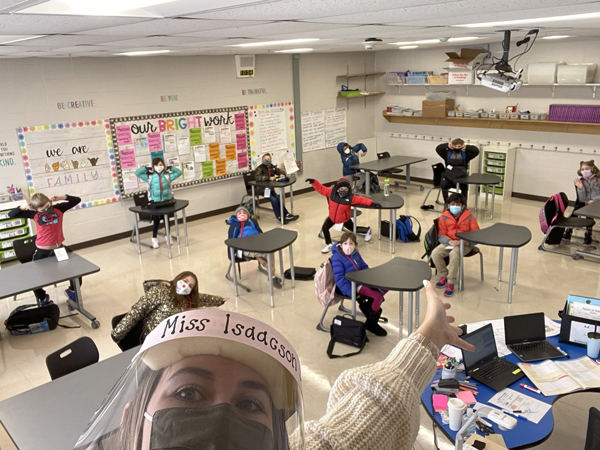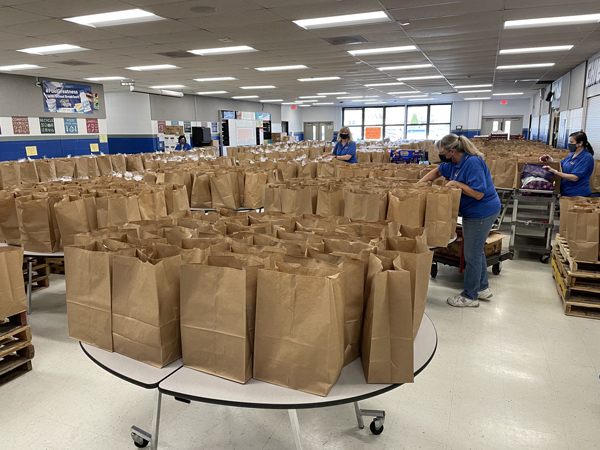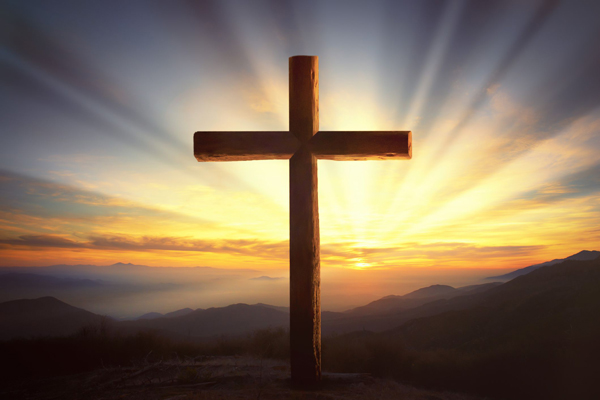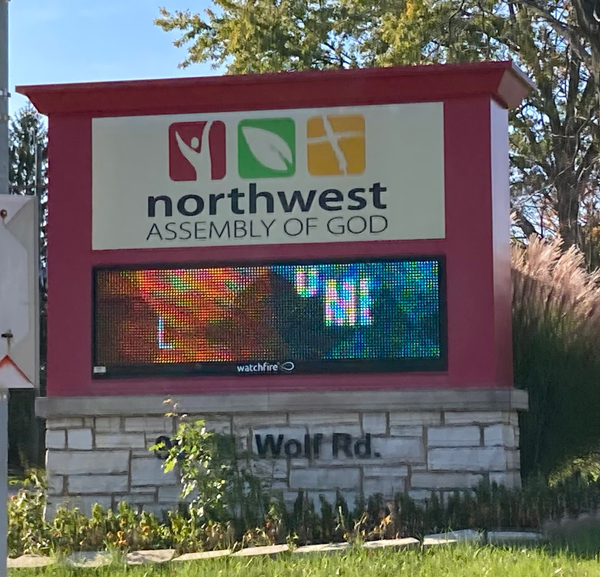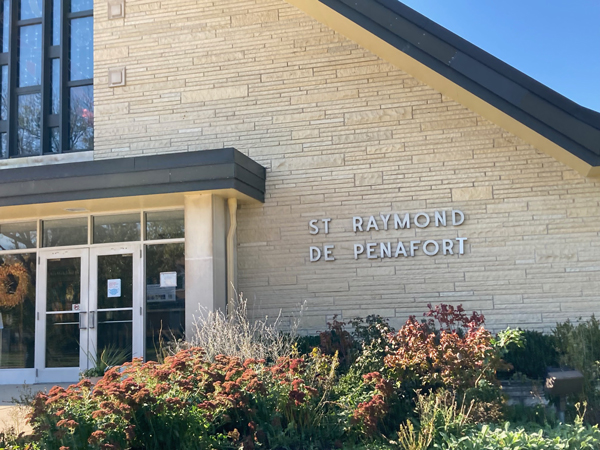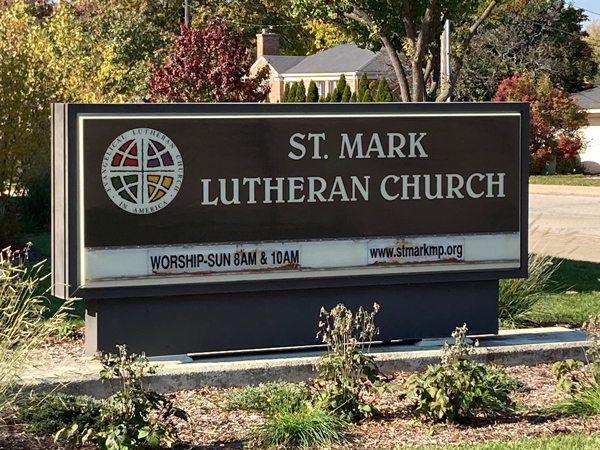
The Garden Club of Mount Prospect is solely sustained by its member volunteers, who remain committed to the club mission:
“… to encourage interest in gardening and horticulture, artistic use of plant materials, civic beauty and conservation of natural resources.”
Who would have thought that our lives could change so drastically in just one short month?
The Garden Club of Mount Prospect met in person on March 11, 2020. Then due to the lockdown for COVID-19, plans for the rest of Spring 2020 were canceled, including the May fundraiser and June road trip. The community plant sale morphed into a front porch plant sale for members.
The advantage of being gardeners did not escape us – we could be outdoors while doing our favorite activity – gardening. So projects across the village continued throughout the summer, including the Green Thumb program where the club recognizes outstanding gardens throughout town. Among the awarding winning front yards in 2020 was this home at 112 S. Owen St.
